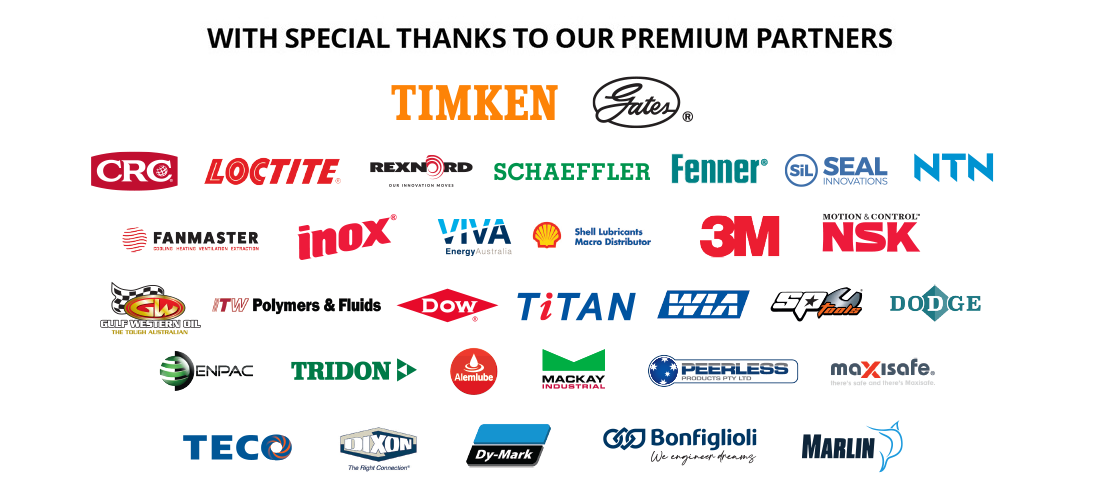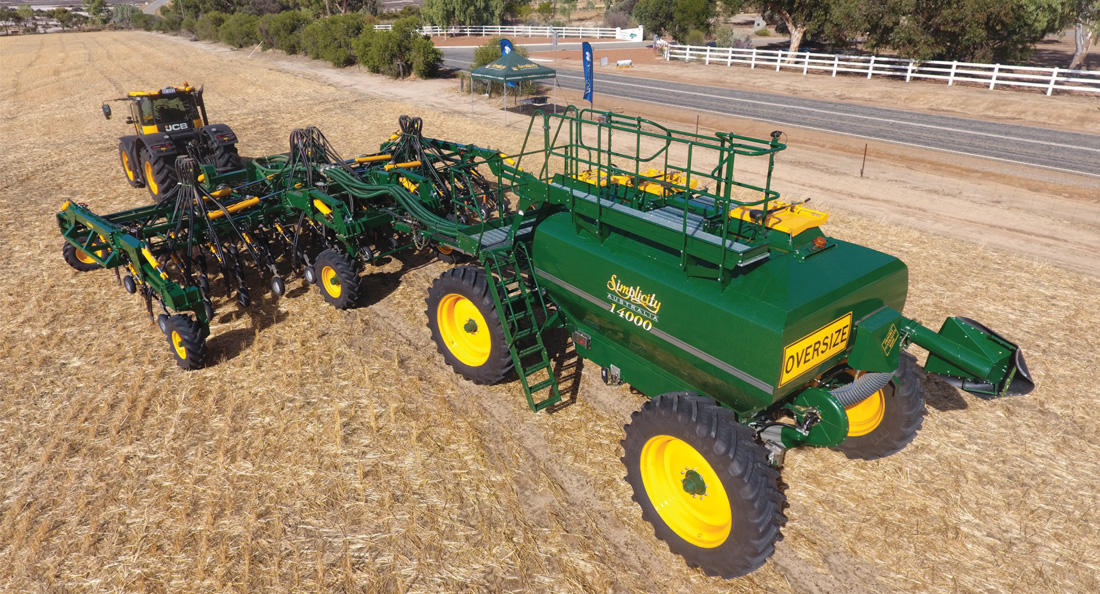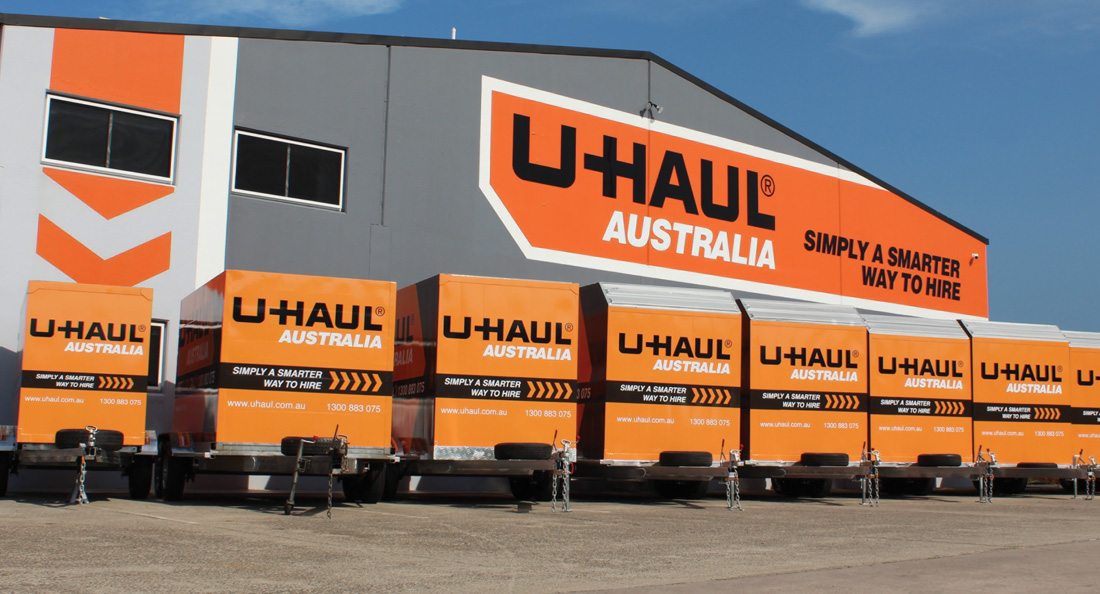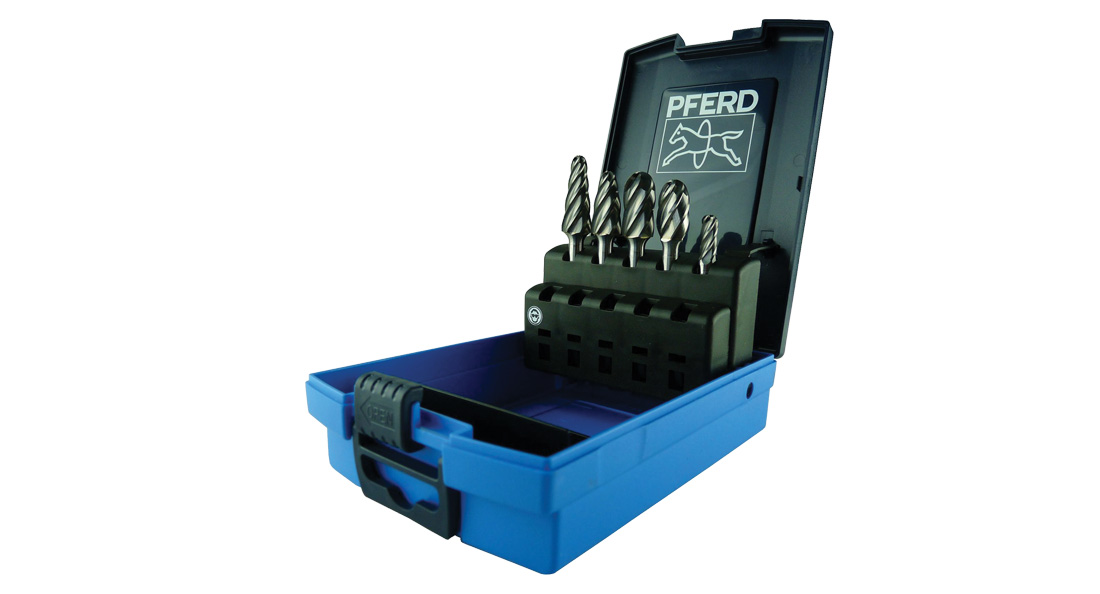When properly maintained, belts are the most cost-effective and reliable means of power transmission in an industrial application. However, drive problems can occur if belts are not installed or maintained correctly, with one of the most common sources of these being misalignment.
Which is why Gates® – who is recognised as a global leader in belts and power transmission technology – created the EZ Align® laser alignment tool.
“Pulley misalignment is often the culprit behind premature belt failure. Even a small misalignment of less than one degree can cause the belt to wear out unevenly and eventually fail,” explains bearing and power transmission specialist, Steve Madden. “The traditional methods of checking alignment were to use a straight line or string, but they’re simply not reliable enough and take too much time. Whereas the Gates® EZ Align™ laser alignment tool is accurate, fast and safe.”
Steve recently utilised the tool with a customer up in Darwin, Northern Territory, where he is based.
“I received a call from a customer who was having belt issues on their new crusher – basically they were burning out belts in just a couple of hours work and had already gone through two new sets,” elaborates the CBC Account Manager. “So, I went out to do a drive inspection together with a technician from Gates®.”
From the outset, Steve could see the drive was considerably out of alignment.
“It was so far out that the laser was not even visible off the reflective surface!” he says. “We offered to lend the customer the alignment tool for the day because it’s straight forward to use and we knew it would provide reliable measurements for the replacement belts. The very next day we received an order for both the alignment tool and a new set of Gates® Super HC™ v-belts.”
Gates® EZ Align™ laser system uses patented and proven reflected laser beam technology.
“This dramatically helps to reduce drive installation time, manpower and potential errors associated with pulley alignment and installation,” adds Steve. “The system uses a return beam angle that is twice the angle of incidence, so the reflected beam travels twice the distance, significantly enhancing accuracy. Having this type of precision results in increased uptime and labour savings.”
The system consists of two units, the laser transmitter and the reflector. Each unit is equipped with powerful magnet brackets.
“The Gates® EZ Align™ units mount magnetically to the face of most pulleys or sprockets. The transmitter unit projects a laser line onto the reflector unit, which is magnetically attached to the other pulley or sprocket face,” explains Steve. “This helps the technician ensure that the transmitted and reflected laser lines match with the respective reference lines.”
Steve can’t stress the importance of good pulley alignment enough.
“It increases the belt drive reliability and efficiency, reducing premature wear and failure. Drive downtime is never good for business,” says Steve, who has worked in power transmission for CBC for 25 years. “The Gates® EZ Align™ is the answer to misalignment, making it very quick and easy to check alignment of shafts, sheaves and sprockets. EZ Align™ is available with a red laser, or a green laser for outdoor or brighter environment use.”
Preventative maintenance can ensure optimum belt drive performance, Steve reiterates.
“The potential for long service life is built into every Gates® belt – they are best in class,” he says. “When coupled with a regularly scheduled maintenance program, belt drives will run relatively trouble-free for a long time.”
According to Steve, there are three potential causes and solutions of belt drive machinery misalignment.
“The first is angular misalignment which is when the motor shafts and driven machine shafts are not parallel. Correct alignment is achieved by adjusting the motor shaft into alignment with the driven shaft,” he explains. “The second is parallel misalignment which is when the sheaves or sprockets are not properly located on the shafts. This can be resolved by loosening or repositioning one or both sheaves or sprockets until it is properly aligned.”
The third and final issue is when sheaves or sprockets are tilted on a shaft due to incorrect bushing installation.
“In this instance, rotate the drive by hand and look for excessive wobbling. Make sure you keep your hands and fingers clear – be really careful of pinch points,” cautions Steve. “If wobble is observed, remove and reinstall the sheave or sprocket, following the correct bushing installation procedures.”
Steve also notes that another potential cause for premature failure is belt tensioning. If belts are not tensioned correctly during installation or have stretched over time, they can wear quickly.
“When it comes to belt tensioning, both over-tensioning and under-tensioning adversely affect the life of the belt,” he elaborates. “For example, if v-belts are under-tensioned, they can slip. Slippage generates heat and will result in cracking and belt failure. On the other hand, if the belts are over-tensioned, belt and bearing life can be reduced.”
Gates® offers a solution for this too with the 508C Sonic Tension Meter.
“This ensures simple and accurate tension measurement by analysing sound waves from the belt through the sensor,” says Steve. “The 508C Sonic Tension Meter is suitable for multi-ribbed belts,v-belts and synchronous belts and measures the belt tension easily and accurately every time.”
Furthermore, CBC and Gates® work closely together, and are able to come out to site or provide maintenance training to customers to ensure their belt drive systems are running at their optimum.
Benefits of using Gates® EZ Align™ device:
• Prolongs Belt and Pulley Life
• Reduces Vibration and Belt Noise
• Uses Proven Laser Line Technology
• Decreases Downtime and Energy Costs
• Compatible with Synchronous and V-Belt Drives
• Shows Angular, Parallel and Offset Misalignment
• Most Accurate Alignment Tool or Method
• No Formal Training Required
• One Person Operation
• Fast and Easy to Use
• For both horizontally and vertically mounted drives




